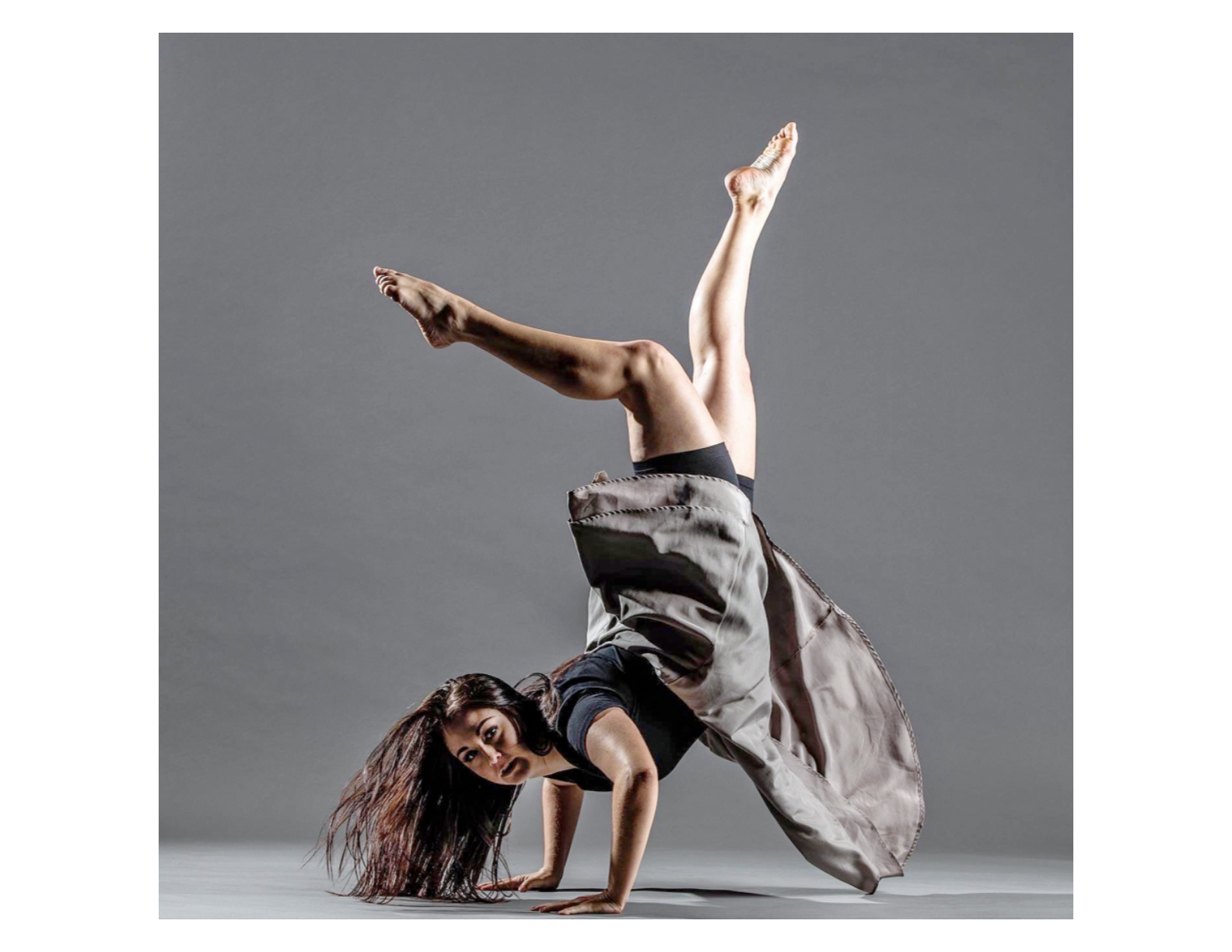How Depression Affects Dancers and When to Seek Help
Daylin Williams, who dances with Wasatch Contemporary Dance Company’s second company, Wasatch II, and teaches dance at Cedar Valley High School in Utah, has struggled with depression since age 13. Dealing with mental illness while pursuing a dance career has presented unique challenges. “There have been days where I was in rehearsal and I had to leave the room and go cry in a changing room,” she says, “because I felt overwhelmed and was struggling with medication changes.”
According to Brooke Ewert, founder of Rocky Mountain Sports Counseling Center in Colorado, dancers might hesitate to reach out for help when struggling with depression because of a fear of negative repercussions: “Athletes and performers overall are very good at hiding things because they don’t want it to impact which roles they’re getting or other opportunities.”
What Is Depression?
Common symptoms of depression include a consistently low mood, a loss of interest in most activities, a significant weight loss or gain, changes in sleep, decreased energy, and dietary changes, explains Ewert. Suicidal thoughts might also be present, she says, adding that in order to be diagnosed, an individual must display at least five of these symptoms for at least two weeks.
Dancing When You’re Down
Williams says that during periods of depression, she experienced a lack of motivation that made getting to class a huge hurdle. “I’ve struggled to get out of bed,” she explains. “I typically find that getting myself to the dance studio or to rehearsal is the hardest thing.”
Williams has also experienced depression-related brain fog in class, which makes it difficult to pick up choreography. When her mood is low, she’s less willing to communicate with others, making group work more challenging. When a series of serious knee injuries forced her to miss opportunities to perform, travel, and audition for companies, her depression worsened.
Ewert adds that depression might make some individuals more prone to experiencing impostor syndrome, which can be especially troubling for dancers, given the already-present inclination to self-comparison.
Treatment and Coping
Compiling a robust tool kit of coping skills is essential for battling depression. For Williams, establishing a support network of friends, family, and mental health professionals with whom to share her feelings has been key. On a day-to-day basis, she also takes preventative steps, like keeping her space tidy, establishing self-care habits, and giving herself the grace to take a mental health day if needed. “If you had appendicitis, had to have surgery, and were out for a week in recovery, no one would question that,” she says. “I think there’s still a stigma around taking time for yourself to heal your mind, but you have to do it.”
Ewert also emphasizes the importance of things like setting goals, journaling, being kind to yourself, and getting good sleep, but acknowledges that, oftentimes, depression will make you not want to do the things that will actually help you feel better. “Depression is basically telling you that you don’t want to do anything, you just want to lay in bed all day, you just want to think and ruminate,” she says. “The thing I always tell my clients is that you have to actually go do something even though your brain and your body are telling you not to.”
Depression isn’t something to try to tackle on your own. Seeking professional help is a crucial step in healing. According to Ewert, those starting treatment can expect to work with a therapist and potentially a psychiatrist, if medication is a route they’d like to pursue.
Healing and Continuing to Create
Although a dance environment can present challenges to those struggling with depression, dancing can also be an instrumental part of the healing process. Getting regular physical exercise has positive effects on mood, and taking the time to connect with things you love can help bring you back to a more positive headspace.
Ewert says that the sense of community that dance often fosters can be a huge benefit for those struggling and can help reconnect a dancer with the things they love about life. Also, the sense of mastery that attending a class in a favorite style can provide is beneficial in reminding dancers of their goals.
Williams adds that dance has often felt like a refuge for her and says that her experiences with depression, when channeled into choreography, have inspired her creativity. “I felt like I was my most honest self as an artist when I could create pieces about my experience and feel a connection to that,” she says.
Resources
- 988 Suicide & Crisis Lifeline: If you’re struggling with thoughts of suicide or know someone who is, dial 988 to speak with a trained counselor.
- The Trevor Project: This LGBTQ-focused crisis hotline allows you to text, call, or chat with a counselor.
- National Institute for Mental Health: Find reliable information, plus get in touch with a provider
- @counselingfordancers on Instagram: Terry Hyde, MA MBACP is a former dancer and psychotherapist who specializes in working with dancers
- Feeling Good: The New Mood Therapy, book by David D. Burns, MD
- Change Your Brain, Change Your Life, book by Dr. Daniel Amen





